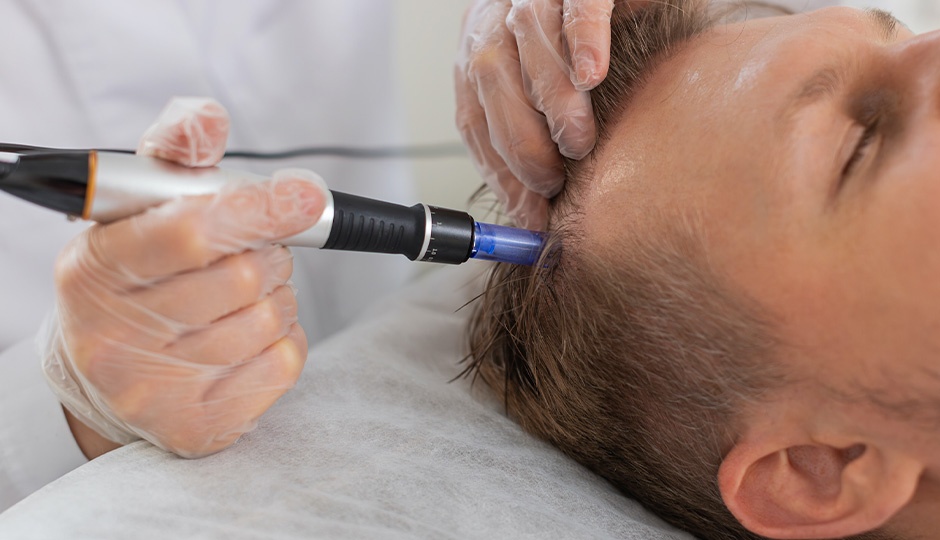There are numerous studies of African American women struggling with hair loss. Many hairstyles involving pulling your hair into tight braids or ponytails may lead to a hair loss condition called traction alopecia. Traction alopecia has been connected to the number one cause of hair loss in African American women – a condition called central centrifugal cicatricle alopecia (CCCA), which is a disorder in which inflammation and destruction of hair follicles cause scarring and permanent hair loss. Braiding the hair and weaves puts an undue amount of stress on the follicles over time and increases the chance of hair loss.
The excessive amount of heat, particularly flat irons and curling wands, along with chemical relaxers, may only be a fraction of the problem. Many women in their childhood years used traditional hot combs placed on the stove to straighten their hair, but by using this method it increases severe damaged to the hair by the time they are in their mid-30s.
How to Avoid Traction Alopecia
Avoid pulling at your hair or styling it in ways that uses a lot of tension. You don’t have to stop styling your hair. What you can do to prevent this type of hair loss is to control how often you wear tight hairstyles that give traction to the hair. Also, remember that it’s not just traction, but the consistent friction that causes this type of hair loss. When it comes to braiding you can choose to braid your hair loosely. You can also avoid tugging your hair too much by using a wider hair band for tying your hair.
Hairstyles to Avoid
- Dreadlocks
- Braids
- Hair Weaves
- Cornrows
Recovery from traction alopecia can take up to 9 months to a year on average. It may take at least 6 months or less if you are able to treat it early. If you are a woman with thinning hair due to traction alopecia, reach out to Unique Hair Concepts today to schedule your free consultation.






